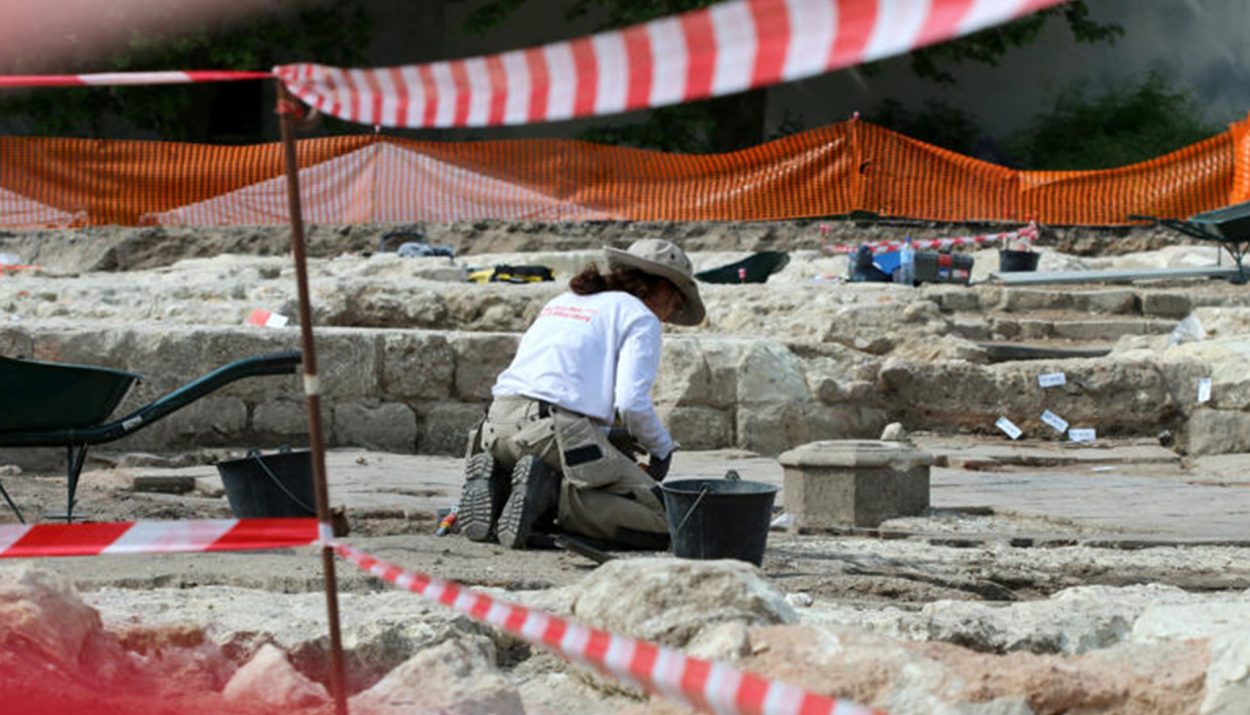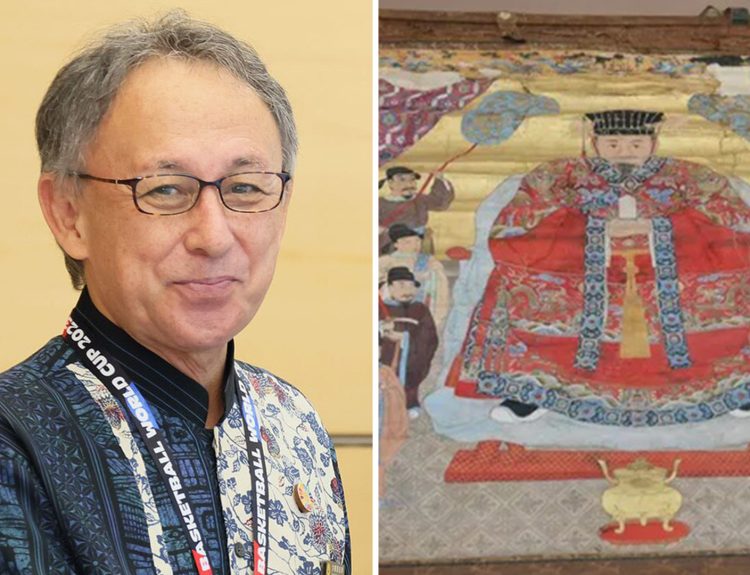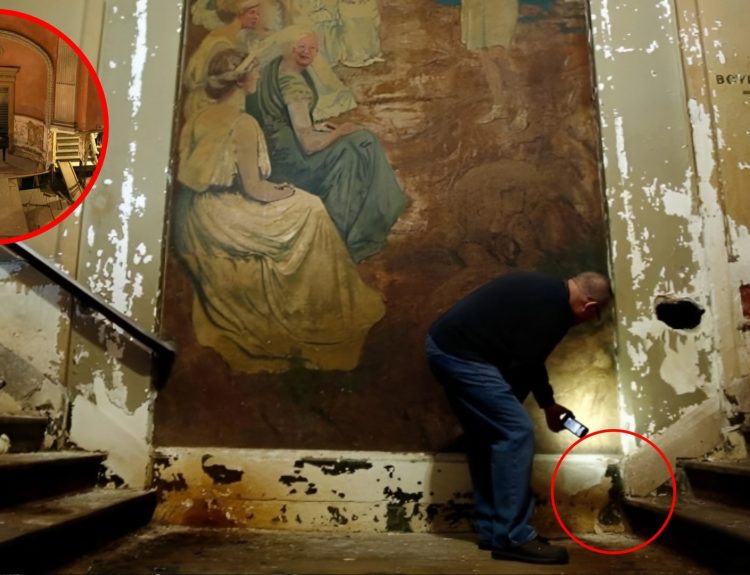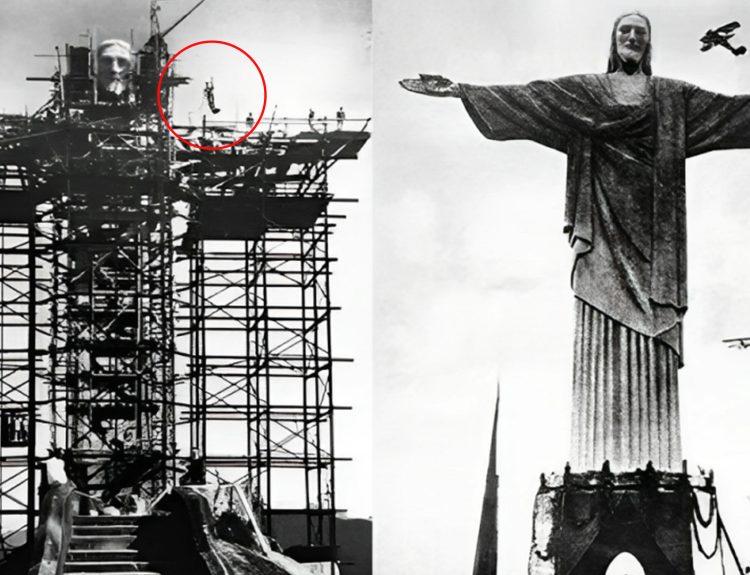The goal of archaeology is to dig into the past to learn about the lifestyles of people who came before us and to use that knowledge to understand our history. Excavation work at a centuries-old abbey in France is offering researchers a unique glimpse into the past.
This archaeological site – which has been called a ‘unique case’ – not only reveals how the abbey grew and expanded over the years, but also its role in French history and as a final resting place for more than 1,000 souls.
The Abbey of Beaumont
The French National Institute for Preventive Archaeological Research, or INRAP, teamed up with the Archaeological Service of the Department of Indre-et-Loire, or SADIL, to conduct a full-scale excavation of the Abbey of Beaumont … or what is left of it.
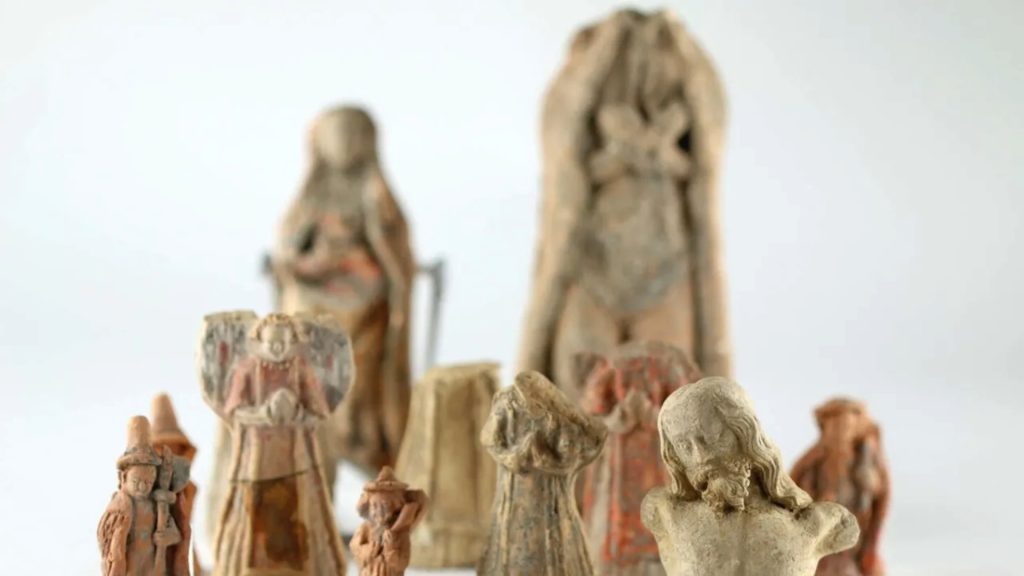
The abbey is located in the Loire Valley region of France and was established in the year 1002. It served as a religious community for Benedictine nuns. Today, the ruins of the Abbey of Beaumont are in the center of the city of Tours.
A “Unique Case“
According to Phillipe Blanchard, INRAP’s scientific manager of operations, the excavation work at the Abbey of Beaumont presents a ‘unique case’ in European archaeology. For archaeologists, it is a once-in-a-lifetime opportunity.

He explained, “It is, to our knowledge, the first time in Europe that an abbey has been excavated in its entirety. Indeed, while interventions of monastic establishments have been frequent for several decades, they generally only concerned part of the abbey.”
The Early History of the Abbey of Beaumont
According to historical documents, the Abbey of Beaumont can trace its founding back to the year 1002. A religious and educational center for Benedictine nuns, the abbey enjoyed a quiet existence for nearly eight centuries.
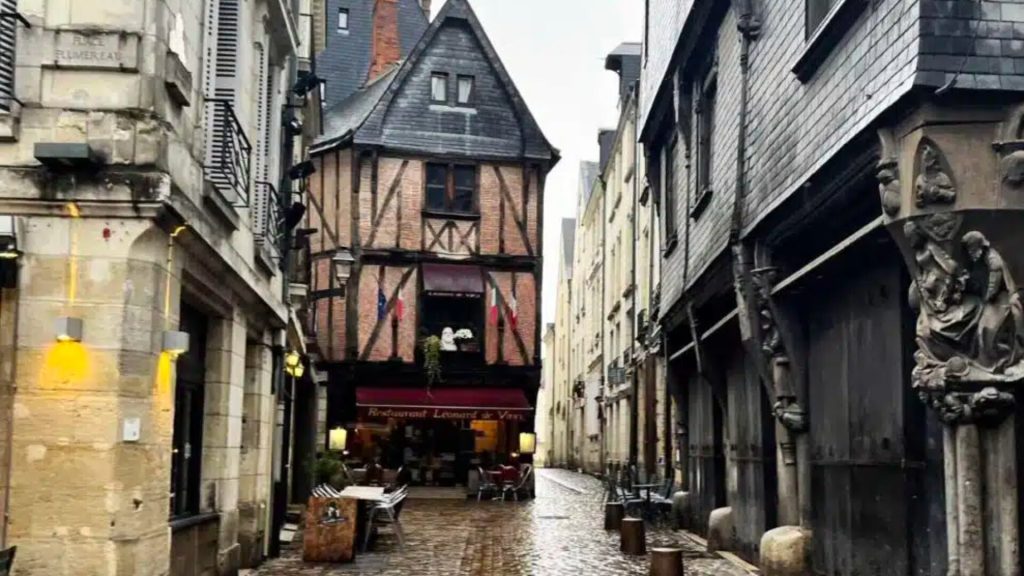
During the French Revolution, which happened between 1789 and 1799, revolutionaries descended upon the Abbey of Beaumont. In 1790, the revolutionaries seized the abbey and ousted the Benedictine nuns.
A Victim of the French Revolution
With ten years of the revolutionaries taking control of the Abbey of Beaumont, the religious complex was in ruins. Most of the buildings had been completely destroyed. The ones still standing had considerable damage.
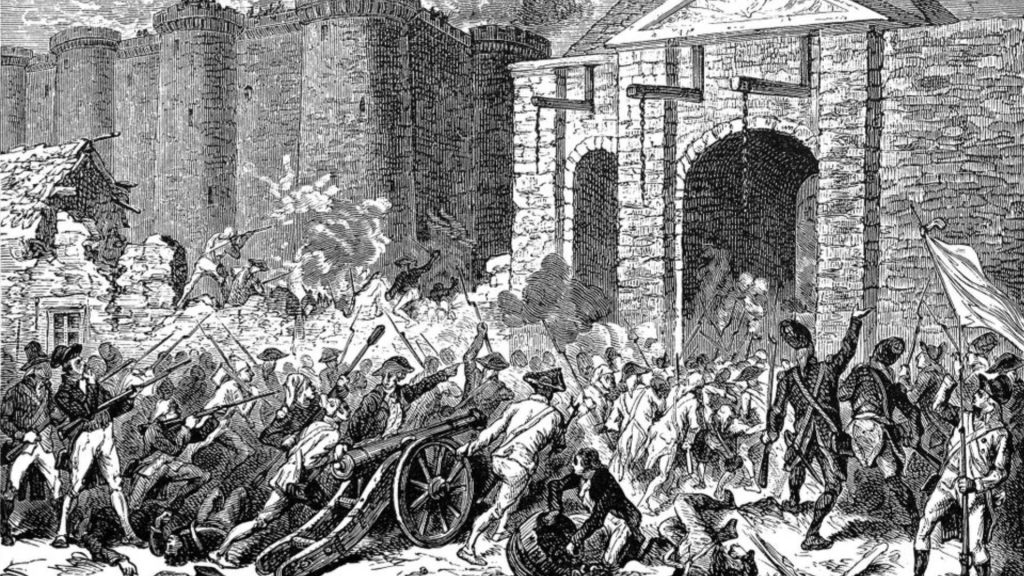
At this time, the abbey house remained intact. A few of the complex’s outbuildings – newly constructed or recently remodeled ones – were also left standing. The Abbey of Beaumont was a victim of the French Revolution.
An Entire Complex to Excavate
The archaeologists working at the ruins of the Abbey of Beaumont have access to the entire religious complex. They have located the remains of a cloister, dwellings, and the entire church, in addition to finding evidence of the gardens and cemetery.
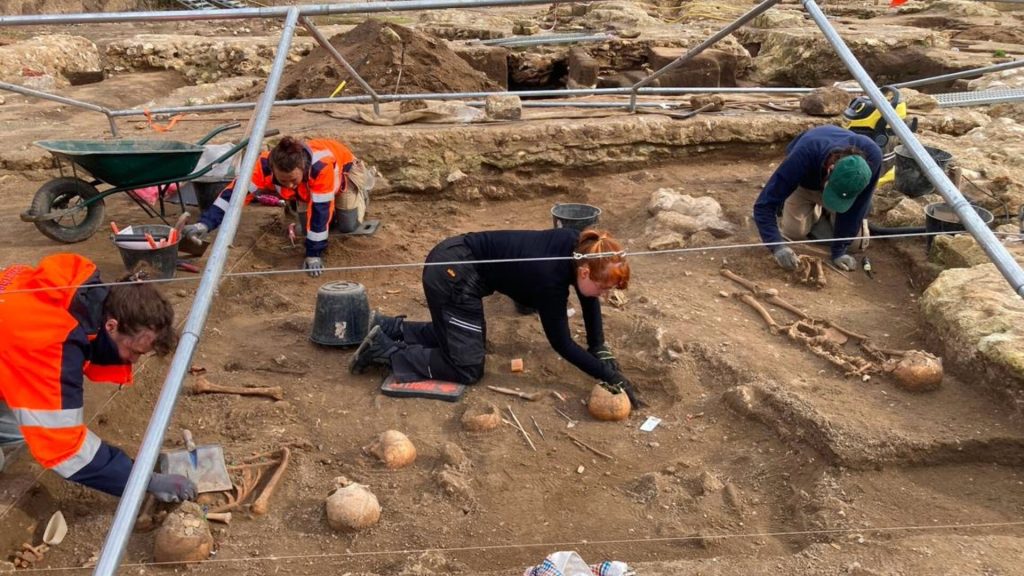
Artifacts have been uncovered that date to the founding of the abbey all the way through to the time period in which the revolutionaries confiscated the abbey. As Blanchard noted, these finds span the entire history of the abbey.
More Than What They Expected
The research team discovered that there was much more to the Abbey of Beaumont than they expected. In addition to the religious complex itself, they have discovered the remains of an older village that predates the founding of the abbey itself.
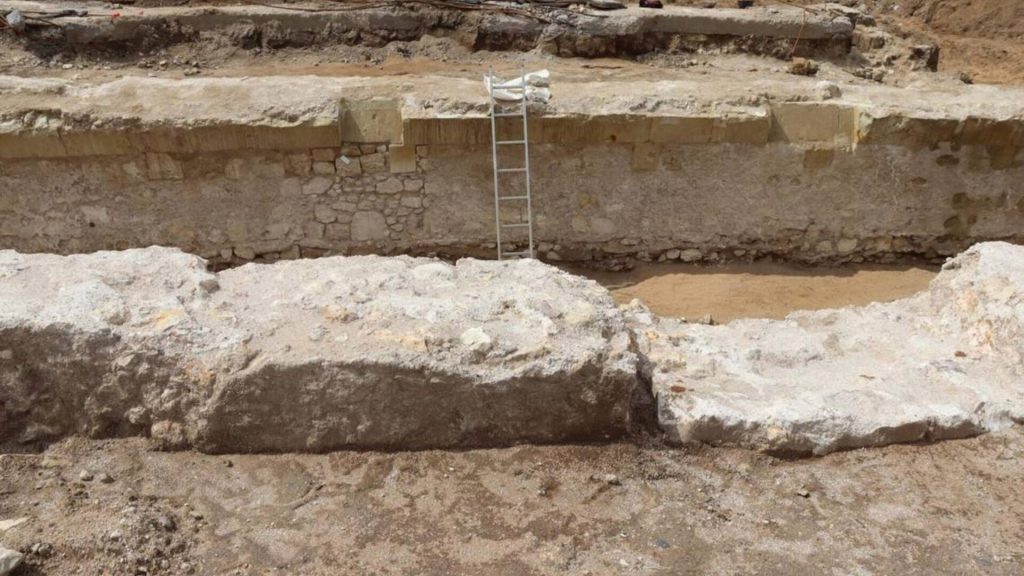
Called Beaumont, the village sprang up in the 9th century. When the Abbey of Beaumont was established, the village was likely absorbed into the religious center.
A Church Atop Four Caves
A large church has been uncovered at the archaeological site as well. The researchers have discovered that there was a cloister adjacent to its southern wall and a wing of storage rooms extending from its western wall.
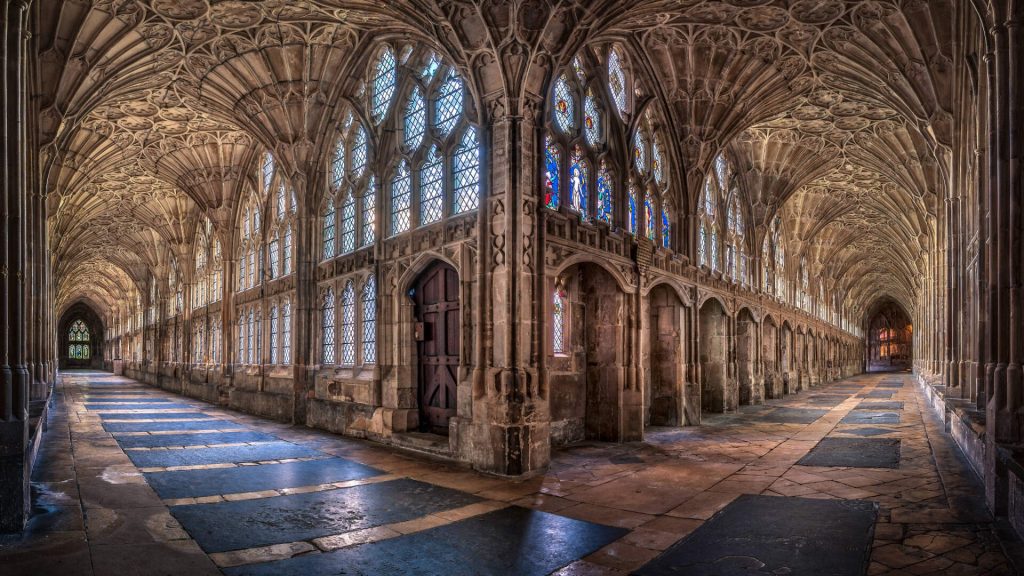
Beneath this church, the researchers discovered an expansive cellar which was connected to four caves. In addition, there were several smaller structures surrounding the church.
Meeting Rooms for the Nuns and the Community
Following the cloister to the south wing of the church, the archaeologists found the remains of kitchens and food storage areas, as well as a refectory – the equivalent to a modern cafeteria – when the nuns gathered to share their meals.
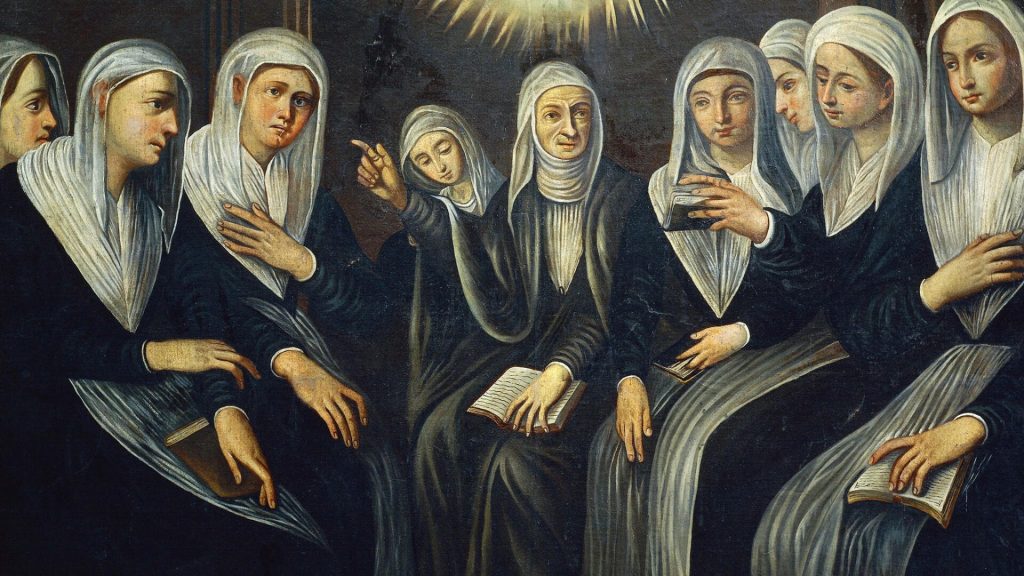
The researchers excavating the eastern wing of the church found two large meeting areas. One was a community hall, and the other was a chapter house. While the community hall was used by members of the surrounding village, the chapter house was a private meeting facility for the nuns to gather to discuss matters important to the running of the abbey.
Living Quarters
On the upper levels, the archaeologists uncovered the dormitories where the nuns slept, small nooks where the nuns could engage in private prayer or read religious texts, several parlors, and guest accommodations for visiting church officials.

In addition, there was an infirmary where sick nuns could be treated, latrines, washbasins, and two small chapels. The Abbey of Beaumont had an impressive water works system, with wells, cisterns, and fountains throughout the facility.
Evidence of Growth and Expansion
In the 800 years of its existence, the Abbey of Beaumont grew larger, expanded its church, and added additional structures. As Blanchard remarked, “The interesting thing about this excavation is that we have been able to observe the evolution of the monastic establishment throughout its operational period.”
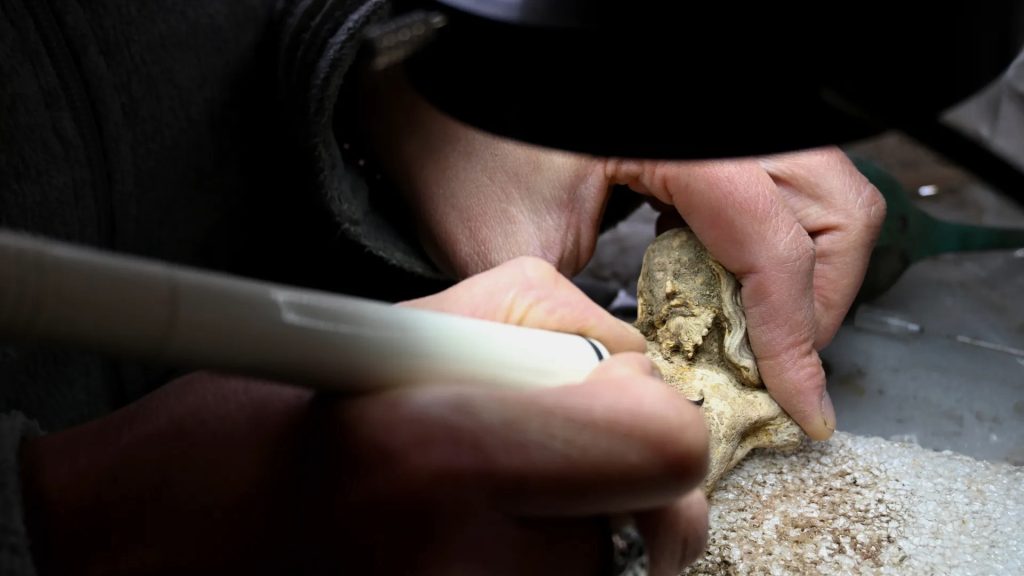
Each new wing or addition tells a story about the people living at the abbey and how they interacted with the rest of the people in the region. For example, the addition of guest rooms and guest houses for visiting dignitaries tells us that high-level officials in the church frequently visited the abbey.
A Medieval-Era Cemetery and More
A few different cemeteries have been found at the Abbey of Beaumont. One of them, which dates to the Medieval era, was used as a burial plot for servants and poor people living nearby.

Another cemetery was reserved for the wealthier local residents. Some of the burials predate the establishment of the abbey, therefore were part of the earlier village. These burials offer more evidence to support the notion that the Abbey of Beaumont was built over an existing village.
The Most Intriguing Cemetery of All
A cemetery that butts up to the walls of the earliest-constructed part of the church proved to be the most intriguing one of all. Used during the 11th century, this cemetery was the final resting place of hundreds of children.
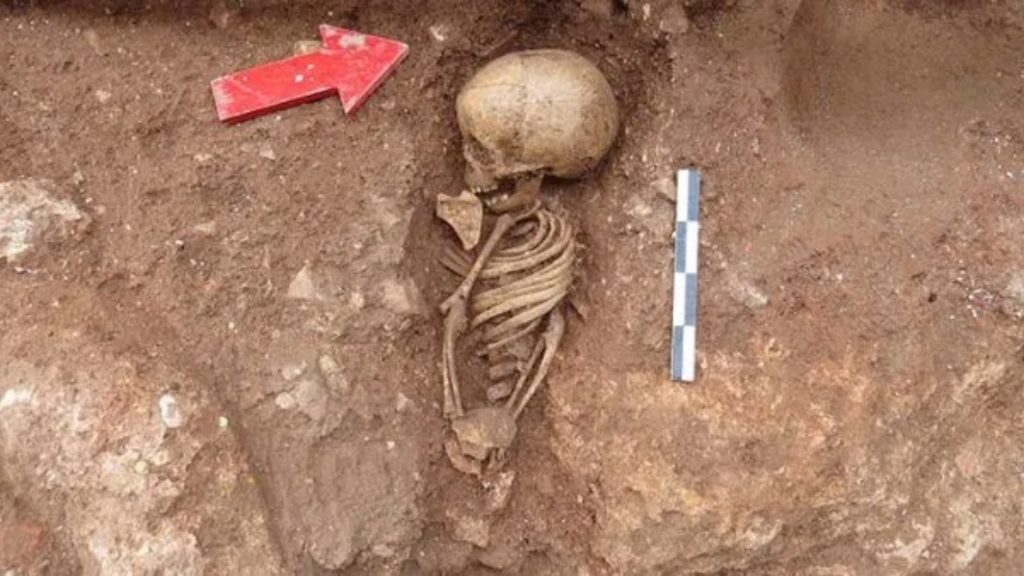
According to Blanchard, the skeletal remains of the children buried here show that most of them were under the age of one year old. He theorized that this was where youngsters who died before they were baptized were buried. He pointed to its close proximity to the church and explained that water running off the church’s roof would have fallen on this cemetery … a form of posthumous baptism.
Studying the Skeletons and Other Artifacts
The researchers have collected more than 5,000 artifacts from the Abbey of Beaumont, including some of the human remains. These objects will be thoroughly studied in the coming months. “The study of the skeletons will allow us to understand the composition of the different groups buried in the abbey by observing their funerary practices,” Blanchard explained.

“Specific studies will be carried out, for example, on their pathologies or on their diet,” he added. “The study of residues taken from the latrines may provide us with information on the parasites and diseases that the nuns and their staff may have suffered from.” All of this, plus the analysis of ceramic and porcelain objects, will shed light on the people living in and around the Abbey of Beaumont centuries ago.

